Year 6
The English curriculum is built around the three interrelated strands of language, literature and literacy. Teaching and learning programs should balance and integrate all three strands. Together, the strands focus on developing students' knowledge, understanding and skills in listening, reading, viewing, speaking, writing and creating. Learning in English builds on concepts, skills and processes developed in earlier years, and teachers will revisit and strengthen these as needed.
In Years 5 and 6, students communicate with peers and teachers from other classes and schools, community members, and individuals and groups, in a range of face-to-face and online/virtual environments.
Students engage with a variety of texts for enjoyment. They listen to, read, view, interpret and evaluate spoken, written and multimodal texts in which the primary purpose is aesthetic, as well as texts designed to inform and persuade. These include various types of media texts including newspapers, film and digital texts, junior and early adolescent novels, poetry, non-fiction and dramatic performances. Students develop their understanding of how texts, including media texts, are influenced by context, purpose and audience.
The range of literary texts for Foundation to Year 10 comprises Australian literature, including the oral narrative traditions of Aboriginal and Torres Strait Islander Peoples, as well as the contemporary literature of these two cultural groups, and classic and contemporary world literature, including texts from and about Asia.
Literary texts that support and extend students in Years 5 and 6 as independent readers describe complex sequences, a range of non-stereotypical characters and elaborated events including flashbacks and shifts in time. These texts explore themes of interpersonal relationships and ethical dilemmas within real-world and fantasy settings. Informative texts supply technical and content information about a wide range of topics of interest as well as topics being studied in other areas of the curriculum. Text structures include chapters, headings and subheadings, tables of contents, indexes and glossaries. Language features include complex sentences, unfamiliar technical vocabulary, figurative language, and information presented in various types of graphics.
Students create a range of imaginative, informative and persuasive types of texts such as narratives, procedures, performances, reports, reviews, explanations and discussions.
(source: www.australiancurriculum.edu.au)
Achievement Standard
Receptive modes (listening, reading and viewing)
By the end of Year 6, students understand how the use of text structures can achieve particular effects. They analyse and explain how language features, images and vocabulary are used by different authors to represent ideas, characters and events.
Students compare and analyse information in different and complex texts, explaining literal and implied meaning. They select and use evidence from a text to explain their response to it. They listen to discussions, clarifying content and challenging others' ideas.
Productive modes (speaking, writing and creating)
Students understand how language features and language patterns can be used for emphasis. They show how specific details can be used to support a point of view. They explain how their choices of language features and images are used.
Students create detailed texts elaborating on key ideas for a range of purposes and audiences. They make presentations and contribute actively to class and group discussions, using a variety of strategies for effect. They demonstrate an understanding of grammar, and make considered vocabulary choices to enhance cohesion and structure in their writing. They use accurate spelling and punctuation for clarity and make and explain editorial choices based on criteria.
(source: www.australiancurriculum.edu.au)
- Plus Plan
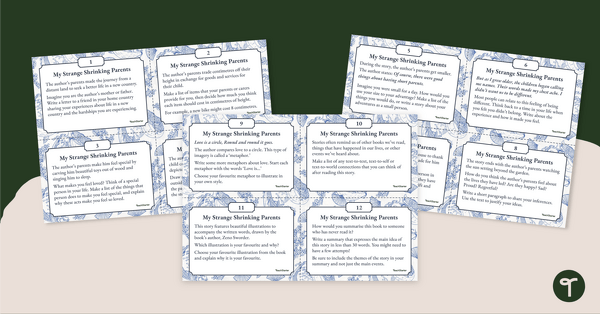
My Strange Shrinking Parents – Literature Task Cards
Deep dive into the characters and themes of Zeno Sworder’s highly acclaimed book, My Strange Shrinking Parents, with this set of 12 literature task cards.
- Plus Plan
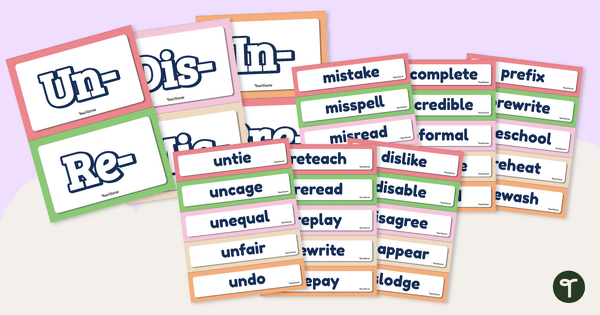
Prefix Words - Classroom Display
Build a classroom word wall and boost vocabulary skills with a printable prefix classroom display.
- Plus Plan
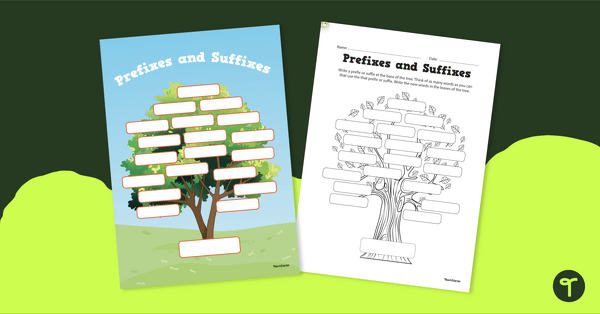
Affix Word Tree - Poster & Worksheet
Encourage vocabulary development with printable affix word tree anchor chart and worksheet
- Plus Plan
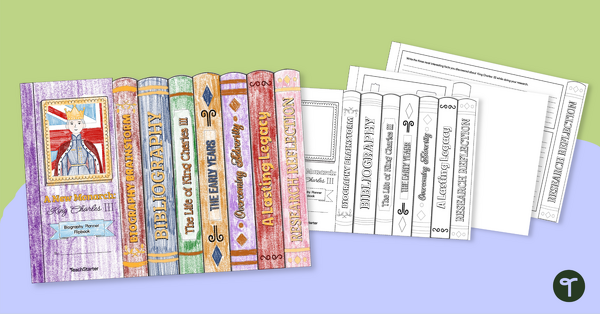
King Charles III Biography Planner Flipbook
Research and learn about King Charles III and discover biography writing.
- Plus Plan
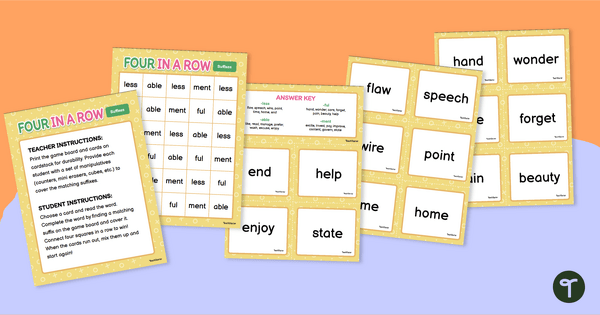
Four in a Row Vocabulary Game - Suffixes
Practise matching words to their common suffixes and build vocabulary with a suffix vocabulary game.
- Plus Plan
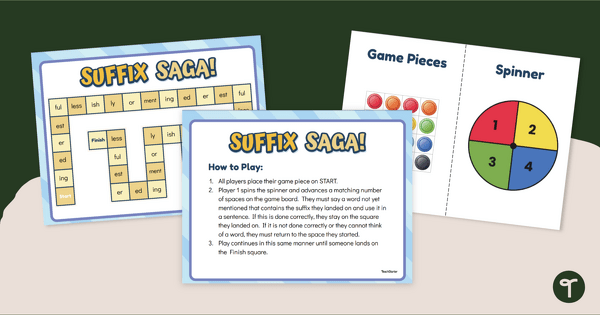
Suffix Saga - Vocabulary Game
Practise building and using words with common suffixes with a fun vocabulary game!
- Plus Plan
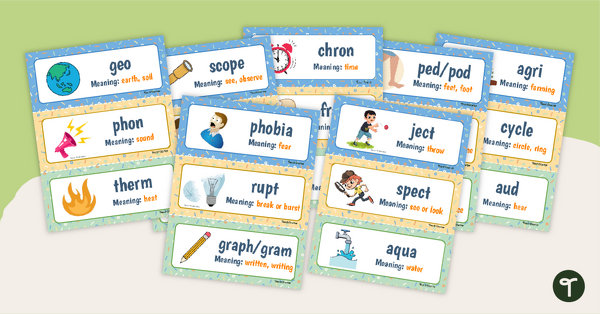
Greek and Latin Root Words - Illustrated Word Wall
Use word wall displays to build student vocabulary with daily exposure to Greek and Latin root words.
- Plus Plan
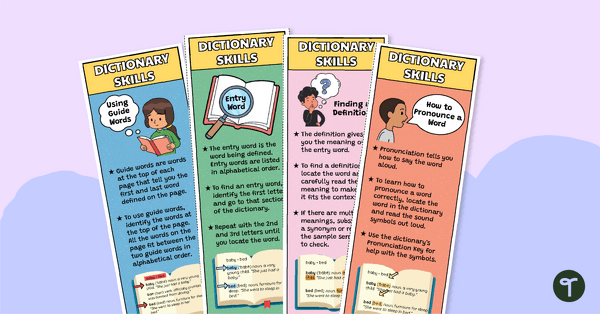
Dictionary Skills Bookmarks
Learn how to use a dictionary and use these dictionary skills bookmarks to help!
- Plus Plan
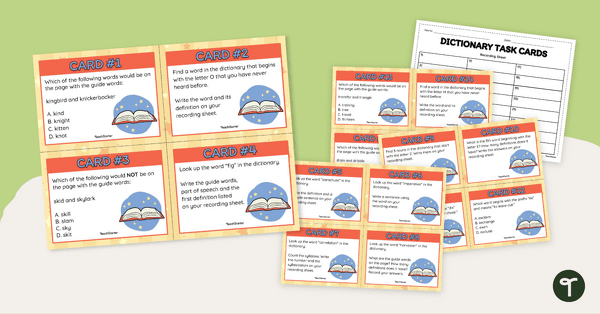
Dictionary Skills Task Cards - Set 1
Practise dictionary skills with this set of task cards.
- Plus Plan
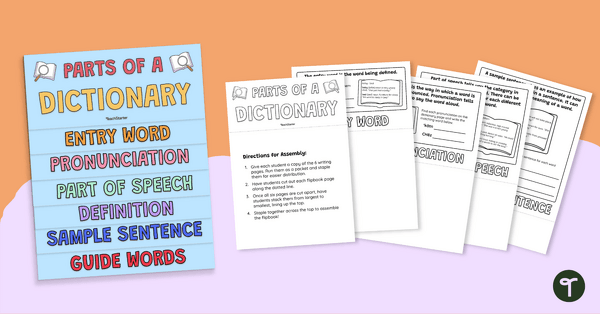
Parts of a Dictionary Entry Flipbook
Learn and practise dictionary skills with this Parts of a Dictionary Entry Flipbook.
- Plus Plan
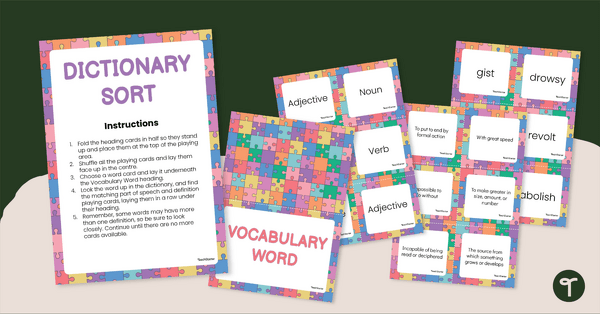
Dictionary Sorting Game
Get students in the habit of researching with our dictionary activity that helps learners match a word to its definition and part of speech.
- Plus Plan
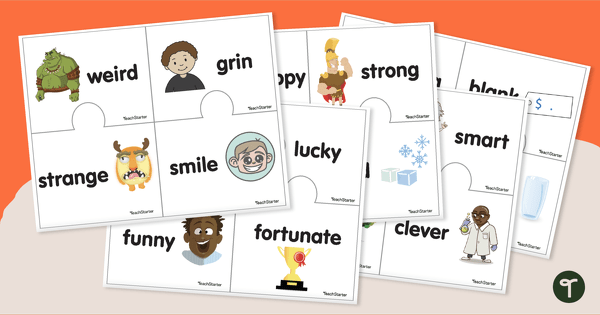
Synonyms Puzzle Activity
Practise using synonyms with a set of 22 synonym puzzles.
- Plus Plan
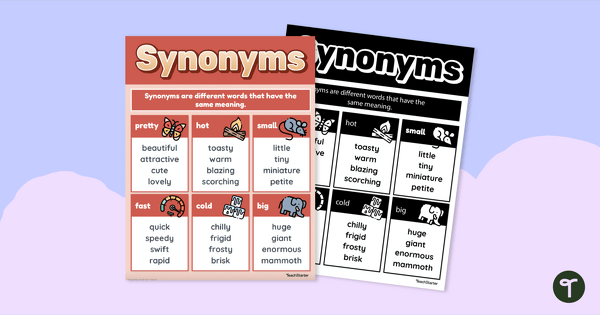
Synonym Poster
Boost vocabulary with a printable Synonym Anchor Chart.
- Plus Plan
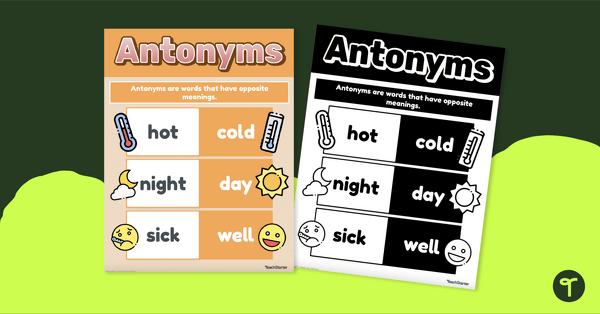
Antonym Poster
A poster showing the definition and examples of antonyms.
- Plus Plan
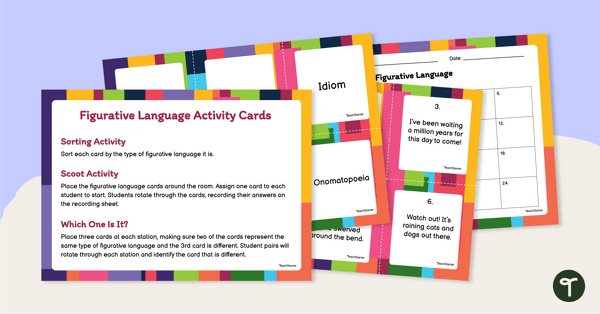
Figurative Language - SCOOT! Task Cards
Explore figurative language in multiple ways with the set of 24 task cards.
- Plus Plan
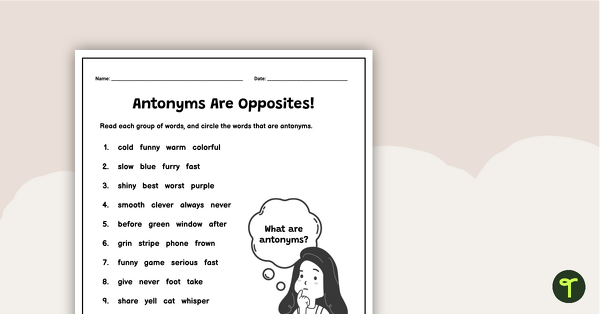
Antonyms Are Opposites! – Worksheet
A worksheet to practise identifying antonyms.
- Plus Plan
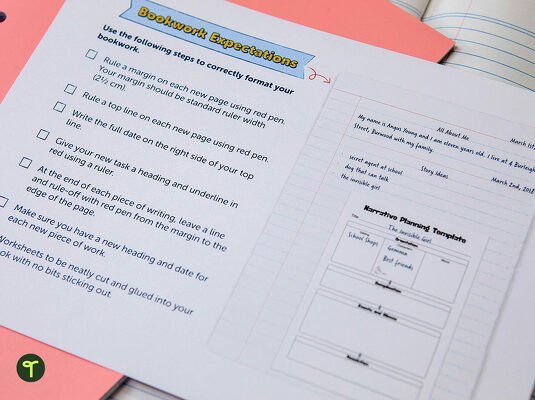
Literacy Bookwork Expectations Posters
A checklist for students to refer to when displaying literacy bookwork. There are low colour and black and white versions, plus editable versions in case you need to add your own expectations.
- Plus Plan
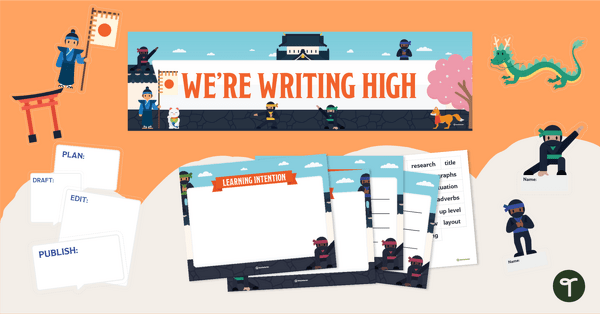
Writing Ninjas Bump it Up Data Wall Display
A ninja themed Bump It Up Wall for writing to display in your classroom.
- Plus Plan
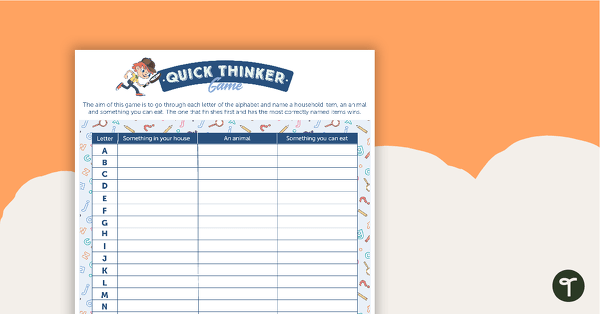
Quick Thinker Game – Worksheet
An alphabet racing game to help prompt vocabulary knowledge.
- Plus Plan
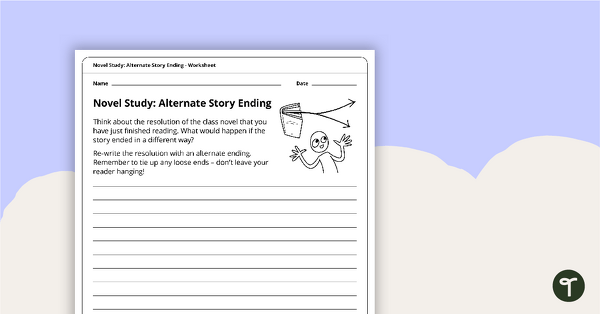
Novel Study - Alternate Story Ending Worksheet
A worksheet which encourages students to write an alternate ending to a shared class story.
- Plus Plan
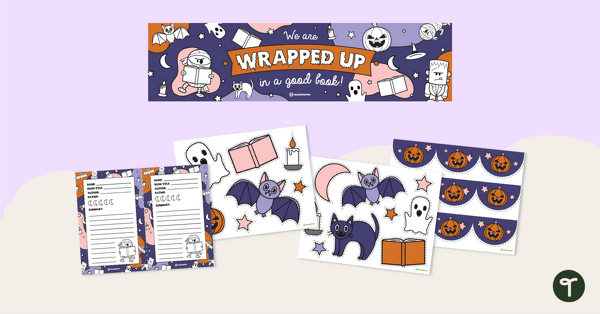
Halloween Display – Wrapped Up in a Good Book
Download a printable Halloween bulletin board set for your classroom library or school library. Showcase your students’ insightful book reviews with our Halloween-themed classroom display.
- Plus Plan
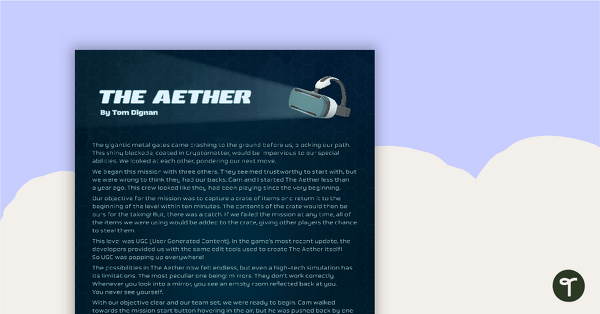
The Aether – Worksheet
A comprehension worksheet for a narrative from the Year 5 magazine (Issue 3).
- Plus Plan
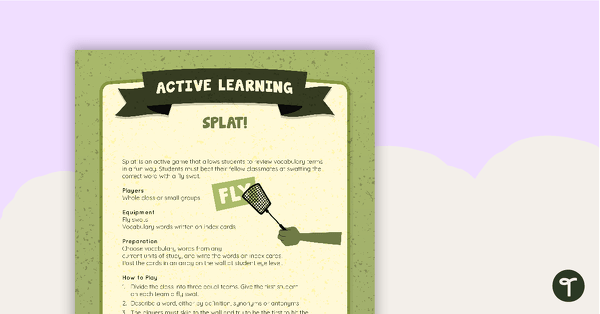
Splat! Active Game
An active game that allows students to test and build their vocabulary knowledge.
- Plus Plan
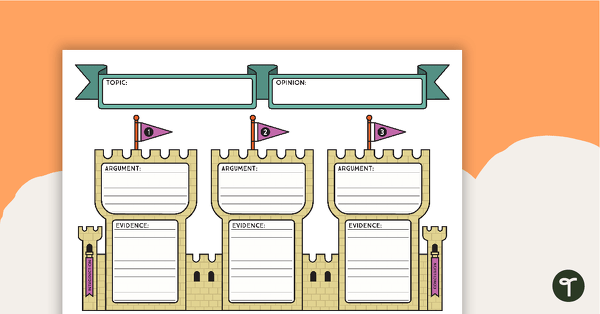
Argument Planning Template (Castle)
A castle-themed persuasive argument planning template.
- Plus Plan
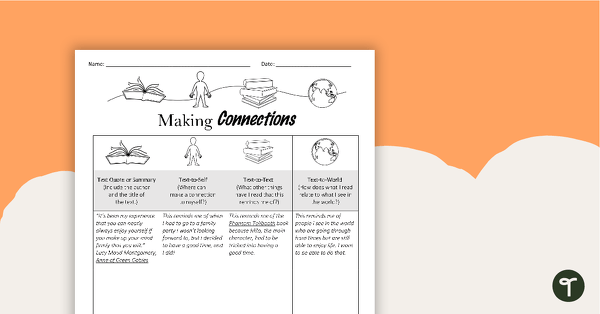
Making Connections Grid
A worksheet for students to practise making connections with a piece of text.
- Plus Plan
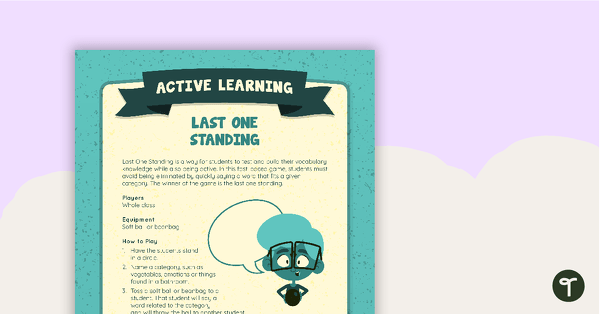
Last One Standing Active Game
An active game that allows students to build their vocabulary knowledge.
- Plus Plan
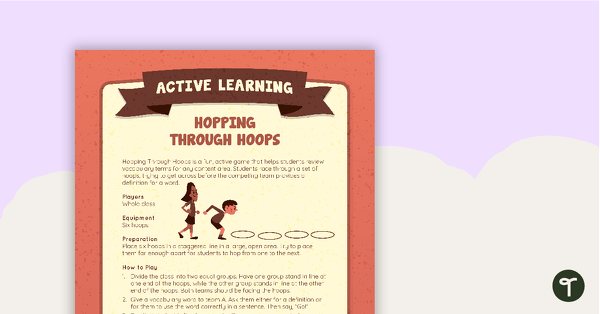
Hopping Through Hoops Active Game
An active game that allows students to review vocabulary words for any content area.
- Plus Plan

Around in Circles Active Game
An active game to use when reviewing any type of content with your students.
- Plus Plan
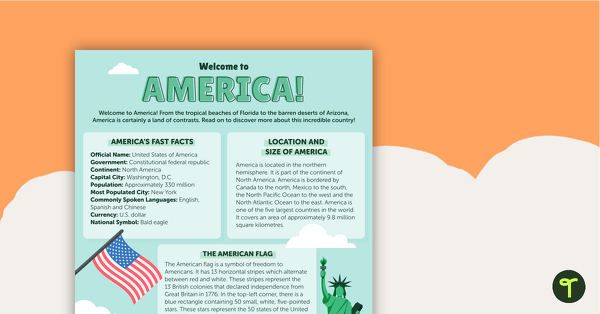
Welcome to America! – Worksheet
A comprehension worksheet for a country profile from the Year 5 magazine (Issue 2).
- Free Plan

The Secret Society of Vegetable Venerators – Worksheet
A comprehension worksheet for a narrative from the Year 5 magazine (Issue 2).
- Plus Plan
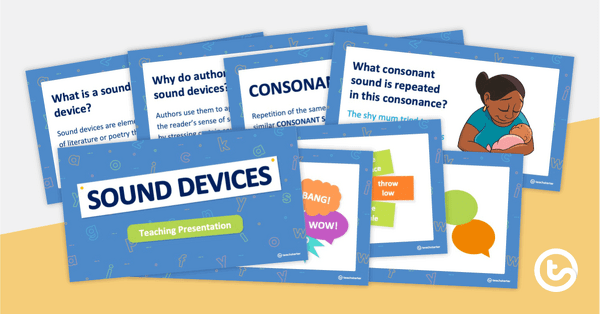
Sound Devices PowerPoint
An editable PowerPoint to use when teaching sound devices to your students.
- Plus Plan
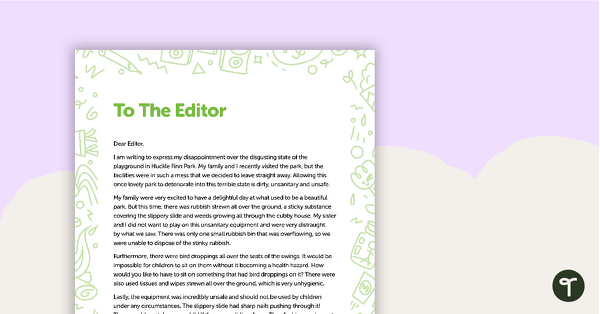
Letter to the Editor (Huckle Finn Park Disgrace) – Worksheet
A comprehension worksheet for a letter to the editor from the Year 6 magazine (Issue 2).